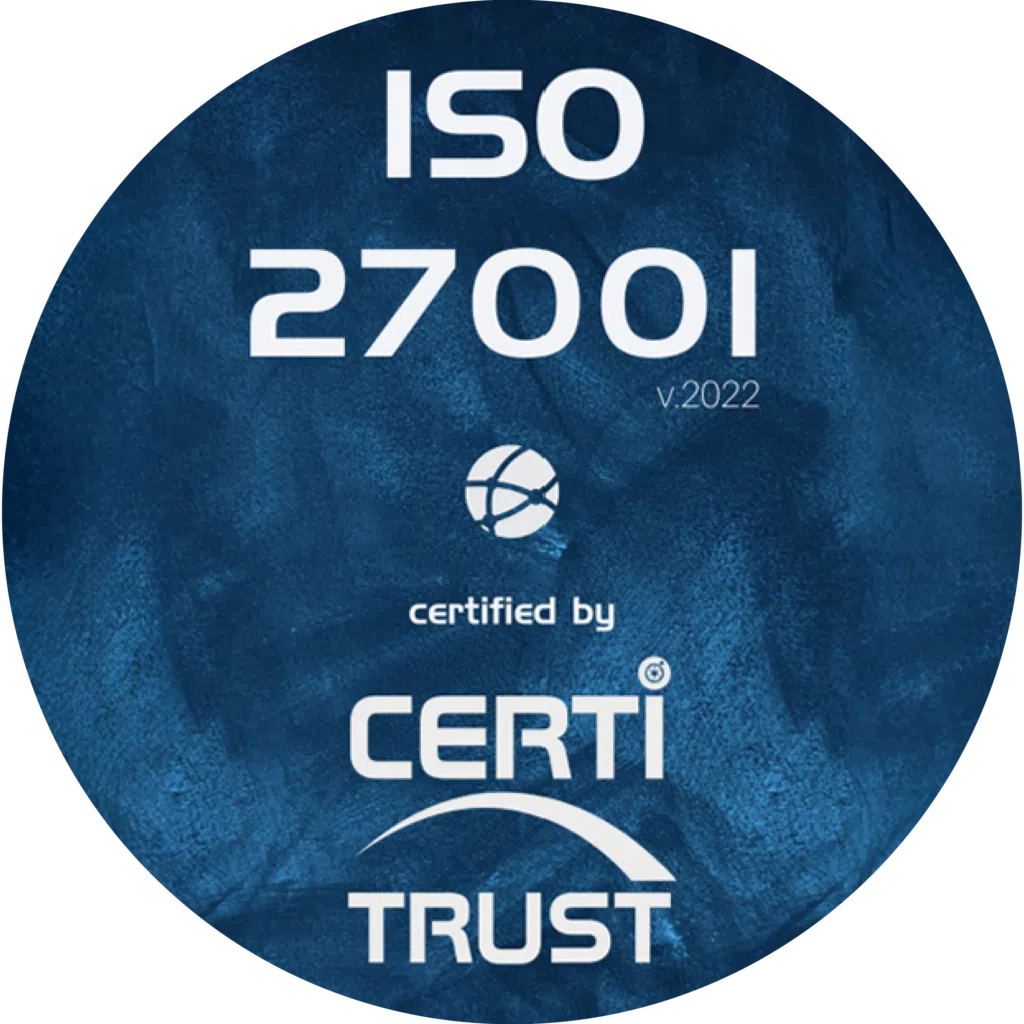Are you a purchasing manager looking to improve your company’s efficiency and profitability? In a context of intense competition and the race for innovation, having a solid purchasing strategy should be one of your key objectives.
A good purchasing strategy does not mean getting the best price or simply rationalising your expenditure. It’s a holistic approach that encompasses supplier management, supply chain monitoring, purchasing performance and much more. It must take into account all aspects of your ecosystem.
Imagine for a moment that your company could maximise the value of every purchase, strengthen its relationships with suppliers and increase customer satisfaction. Sounds ideal, doesn’t it?
Find out here how expert procurement strategy best practices can turn this ideal vision into reality for your business.
Fundamentals of purchasing strategy
A procurement strategy guides a business in making the right decisions to achieve its objectives. It is a planned approach that determines how the company’s resources will be used to acquire the goods and services it needs to run smoothly. It plays a central role in the company’s ecosystem, acting as the linchpin between the supply chain, finance and operations.
The best-known examples of these strategies include group purchasing, where the aim is to reduce costs and take advantage of economies of scale, and supplier sourcing, to select strategic suppliers and optimise process management. More recently, responsible purchasing has become increasingly popular, and rightly so, as a means of optimising and transforming established models.
However, implementing a purchasing strategy is pointless if certain prerequisites are not met. The first step is to define your final objectives and the issues at stake. To limit the risks, you can carry out a needs analysis. This stage identifies precisely what the company needs in order to avoid unnecessary expenditure and provides strategic information. Several methods, such as SWOT analysis or benchmarking, can be deployed for an exhaustive and accurate assessment. Bear in mind that this will enhance the performance and effectiveness of the future strategy adopted.


Implementing a purchasing strategy
Once you have defined your objectives, implementing your purchasing strategy requires rigorous organisation at every stage. First of all, supplier selection. As we have seen, a good purchasing process involves much more than simply contracting with a low-cost supplier. It is essential to consider a multitude of criteria, such as product or service quality, reliability, delivery capacity and, increasingly, their commitment to Corporate Social Responsibility (CSR).
Working with suppliers aligned with ethical and sustainable principles enhances your company’s image. So if your aim is to obtain ISO standards, such as 26000 or 14001, then integrating a responsible strategy with CSR criteria is essential. Evaluation methods, such as supplier audits or scorecards, help to ensure that these criteria are respected.
To certify your commitments and get the best from your suppliers, define a negotiation and partnership phase. It’s not a question of obtaining concessions from suppliers, or of being an expert buyer with advanced negotiation techniques, but of establishing mutually beneficial relationships. A clear, well-defined purchasing policy is an invaluable asset in guiding these interactions, as it defines the company’s way forward, with precise issues often defined by management. A sustainable purchasing policy, for example, ensures that both parties are on the same wavelength and that the established terms are respected, with virtuous effects as a result.
Finally, risk management is an integral part of a successful purchasing strategy. Every purchasing decision has its share of uncertainties, whether these relate to the quality of the service or products supplied, to the supply chain, or to external factors such as the global ecosystem. There are also risks inherent in your business that you need to control and integrate into your strategy. Identifying these risks at an early stage in your purchasing strategy, so that they can be better prevented, not only ensures business continuity, but also protects the company.
How should a purchasing strategy be analysed and what KPIs should be monitored?
The effectiveness of a purchasing strategy is measured by its ability to produce the expected results. In this context, performance monitoring is essential. Whether you’re a buyer or a finance manager, using appropriate performance indicators (KPIs) enables you to both quantify and identify areas for improvement.
Here are a few KPIs commonly used in purchasing strategy:
- Savings achieved : Difference between the target price and the final price after negotiation.
- Supplier compliance rate: Measures the performance of suppliers in relation to contractual agreements.
- Purchasing cycle time: Time taken to complete a purchasing process, from request to delivery.
- Coverage of purchases under contract: Proportion of purchases made under contractual agreements compared to purchases without contracts.
- Quality of products and services purchased: Used to guarantee customer satisfaction and the quality of products and services.
- Supplier risk : Measures the level of risk associated with suppliers.
The importance of this data depends on your organisation and your teams. How you manage it then depends on your role. A buyer will look more closely at KPIs relating to suppliers or contracts in place. Finally, these indicators are at the service of the company.
More than a snapshot of performance, their aim is to adjust the direction taken by the company. An effective strategy is a dynamic strategy. It needs to be regularly fine-tuned according to the economic reality and the various feedbacks observed. This flexibility enables the company to remain competitive and optimise its purchasing processes. Now it’s up to you to play the role of expert!
Want to learn more about our Weproc procurement management software?
Contact us or request your 15-minute demo below!








